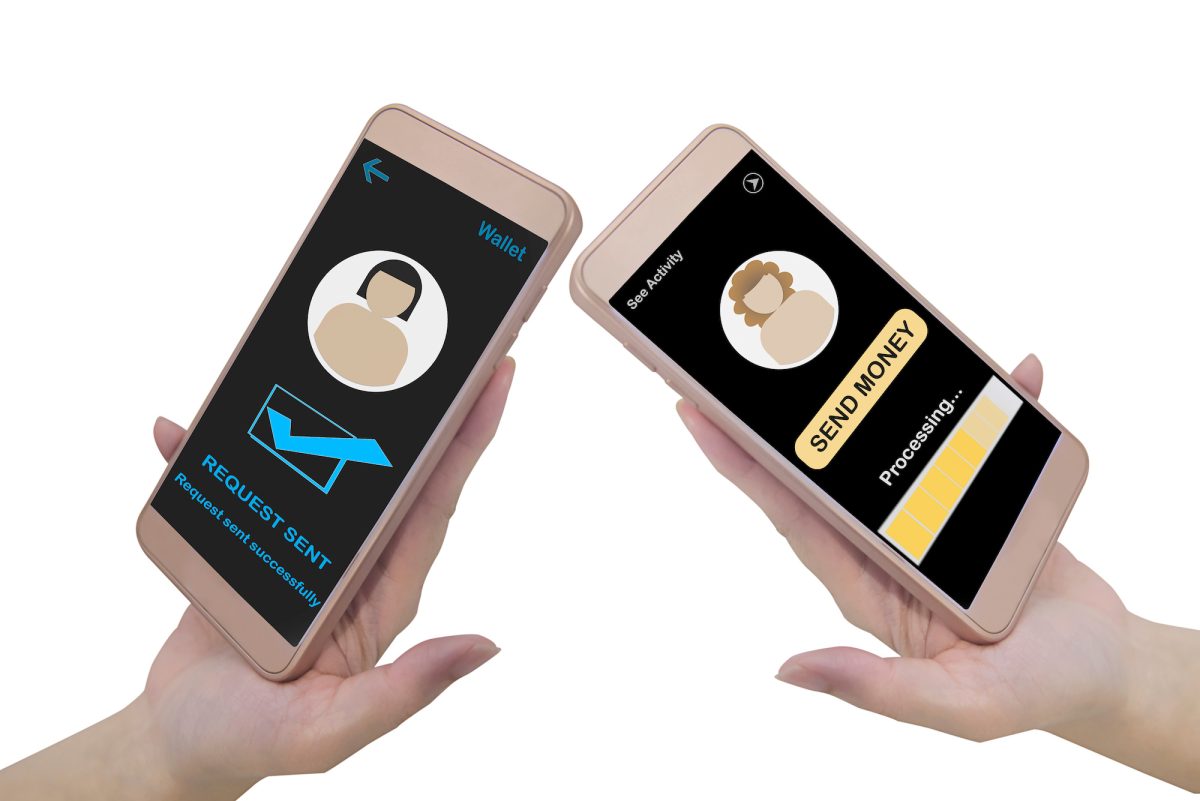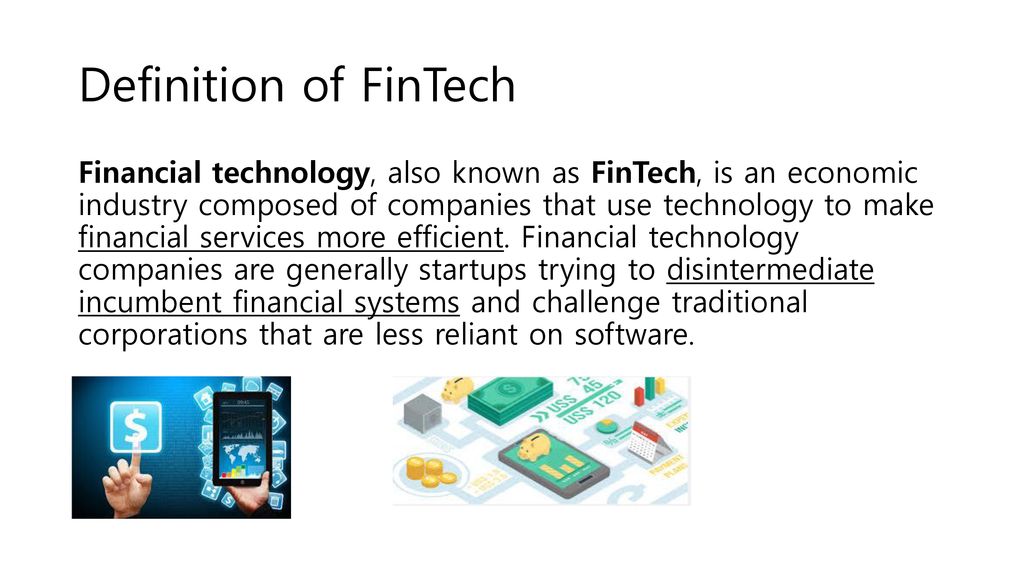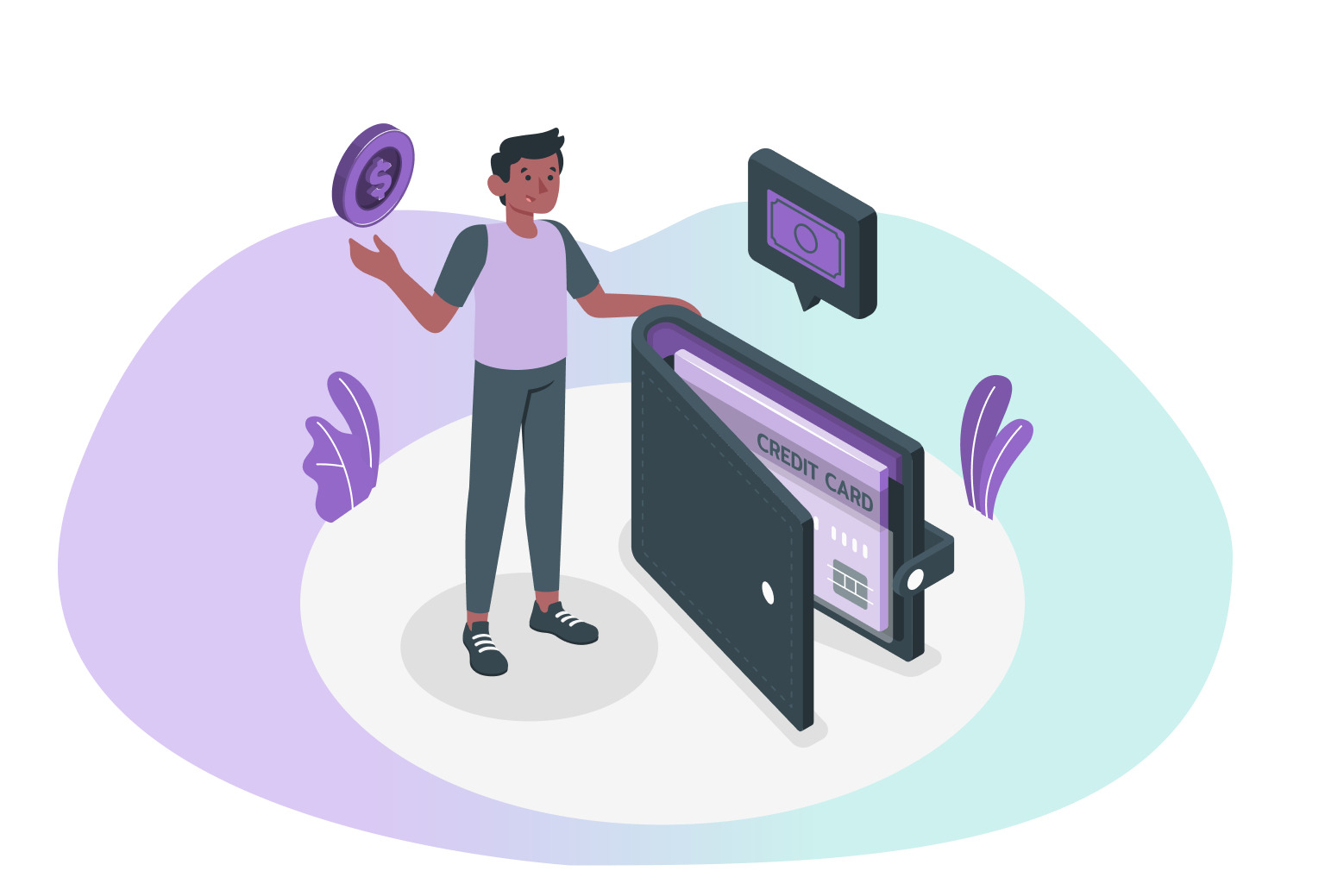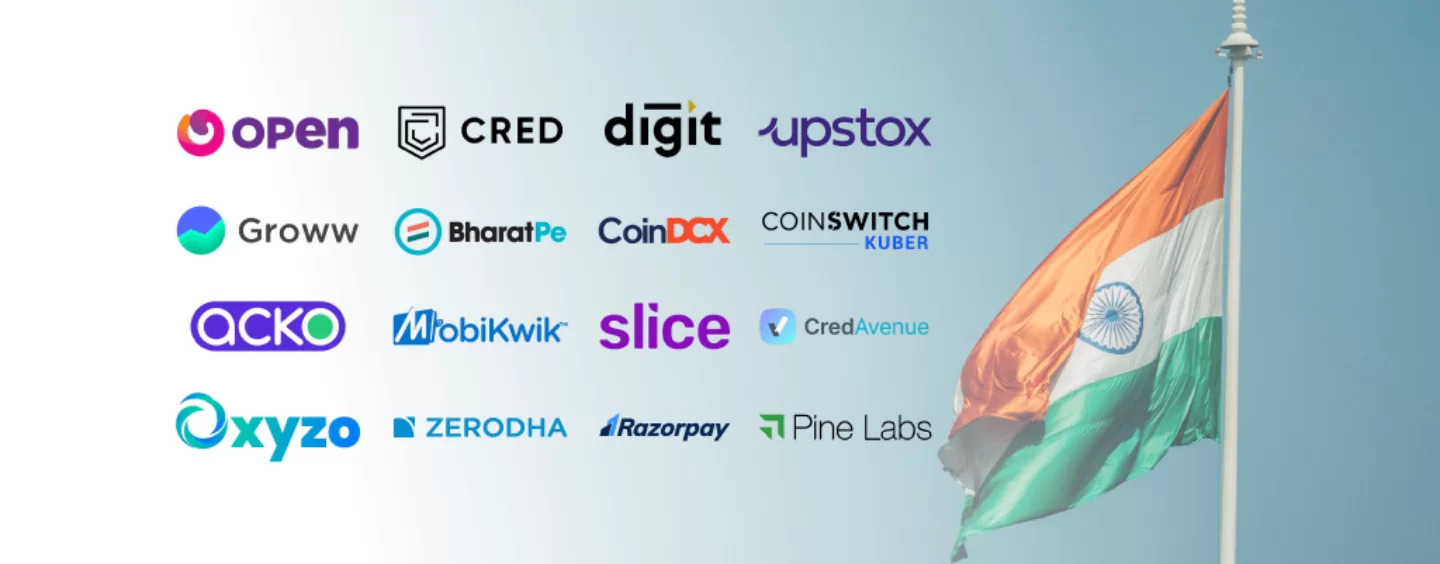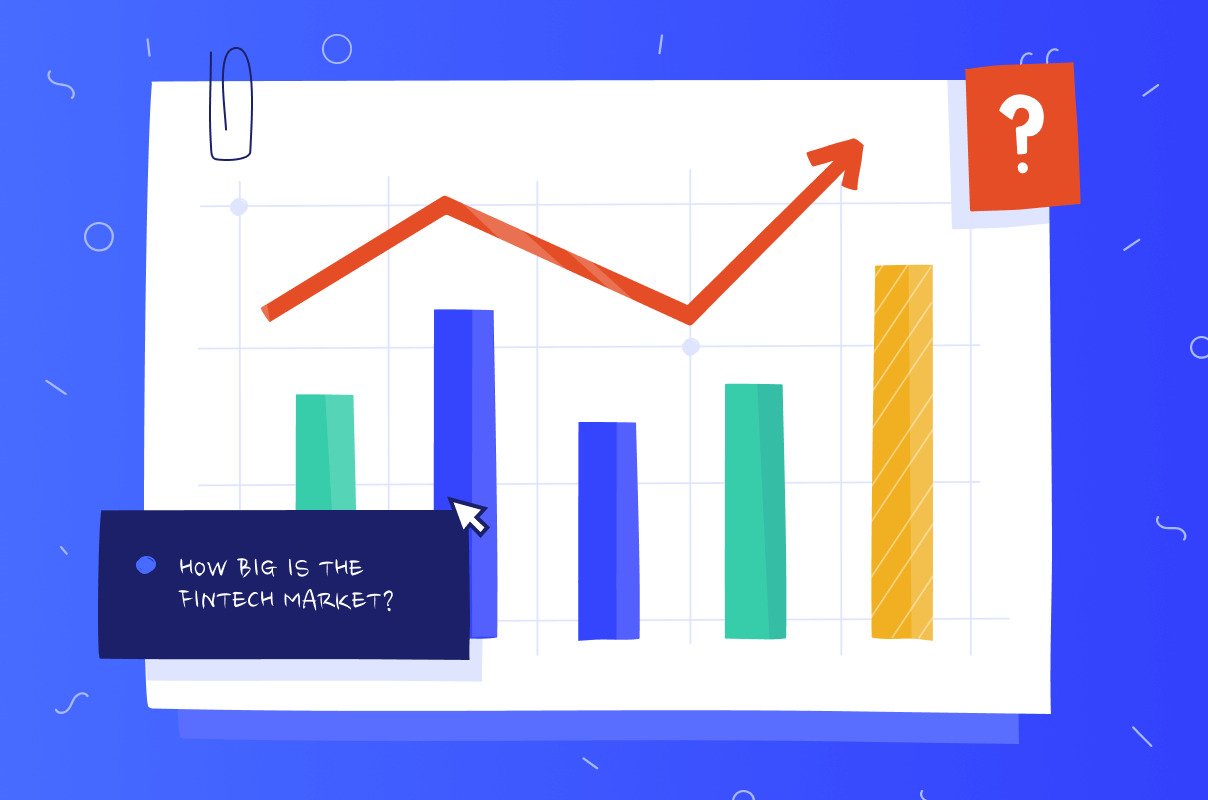Peer-to-peer (P2P) payment systems have become transformative tools in the quickly developing field of financial technology, changing how people manage their finances and exchange money. These programs have attracted considerable notice and popularity thanks to their smooth transactions and user-friendly interfaces, transforming conventional means of exchanging money. Total transaction value is expected to show an annual growth rate (CAGR 2023-2027) of 11.80% resulting in a projected total amount of US$15tn by 2027.
This article examines P2P payment applications in great detail, focusing on their fundamental capabilities, notable examples, categorizing them, outlining the advantages of P2P payment app development, exploring the complex process involved in creating these technological marvels, and ultimately emphasizing their crucial role in determining the direction of digital transactions.
Understanding the Essence of P2P Payment Applications
P2P payment systems’ fundamental function is to operate as a digital conduit for inter-person financial transactions, doing away with the necessity for traditional middlemen like cash or cheques. The growth of technology has expedited the process of splitting costs, from paying for group activities in equal amounts to repaying friends and relatives. P2P apps, which enable exceptional simplicity and efficiency in financial transactions by utilizing the power of mobile devices and secure online networks, represent a considerable improvement over the conventional, frequently time-consuming means of transmitting money.
The Titans of P2P: Notable Examples and Operational Mechanisms
A limited set of platforms have emerged as industry leaders in the dynamic world of P2P payment applications, revolutionizing how people interact and transact with their money. These noteworthy cases, each with its own distinctive operational frameworks, have not only transformed digital transactions but also made a substantial impact on the whole financial environment.
1. Venmo: Social Transactions with a Dash of Convenience


Venmo, frequently praised as the pioneer that popularized casual and social transactions, is at the forefront of P2P payment applications. Since its launch in 2009, Venmo has quickly come to represent paying pals back for a range of charges, dividing bills, and sharing expenses. Venmo popularized the idea of adding witty comments and emojis to transactions, giving financial trades a conversational and personal touch. Venmo’s user-friendly layout is similar to a social media feed.
Operational Mechanism: Venmo operates on the principle of direct fund transfers between individuals. Users can complete transactions more easily by connecting their Venmo profiles to their bank accounts. The software has a distinctive social feature that enables users to interact with and view transactions done by their contacts, thereby transforming financial transactions into social interactions.
2. Cash App: Streamlined Transactions and Financial Empowerment


Square Inc.’s Cash App has become a major player in the P2P payment space since its inception. Cash App, which is well known for its simplicity and user-friendly design, offers a complete platform for different financial operations outside of P2P payments. Cash App incorporates financial services into users’ daily life with features including Cash Card, a physical debit card linked to the app, and Cash Boost, which gives customized discounts.
Operational Mechanism: By connecting users’ bank accounts or debit cards to the app, Cash App makes money transfers easy. Users can send and receive money fast and effectively because of this. The app’s functionality is expanded to include a wider range of financial interests by allowing users to invest in stocks and bitcoin.
3. PayPal: The P2P Pioneer with Global Reach


Since its founding in the late 1990s, PayPal has had the honor of being one of the forerunners in the online payment sector. PayPal offers P2P payment features in addition to its ubiquity as an online payment platform. With a vast user base that spans the globe, PayPal takes use of its solid reputation to offer users safe and dependable P2P transactions.
Operational Mechanism: By connecting users’ bank accounts, credit cards, or PayPal balances to their accounts, PayPal makes P2P transactions possible. Then, users can send money to other people using their mobile or email addresses. A notification is sent to the receiver, who has the option of transferring the funds to their associated bank account or keeping them in their PayPal balance.
4. Zelle: Bank-Integrated Simplicity
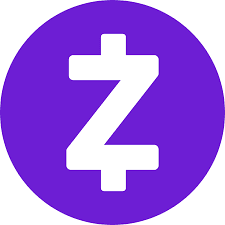

Because of its flawless connection with financial institutions, Zelle, which was developed in collaboration with several large banks, stands out. Users looking for a straight bank-oriented approach to P2P transactions may find the program to be an appealing option because it seeks to ease the process of moving money between bank accounts. With its focus on security and direct bank connectivity, Zelle has emerged as a top option for people who value direct transfers’ simplicity.
Operational Mechanism: By connecting directly to users’ bank accounts, Zelle sets itself apart from competitors. Direct bank-to-bank transfers between customers’ accounts take place in place of external fund transfers. The application employs the security mechanisms set up by partner institutions to give a frictionless experience.
5. Apple Pay Cash: Seamless Integration within the Apple Ecosystem
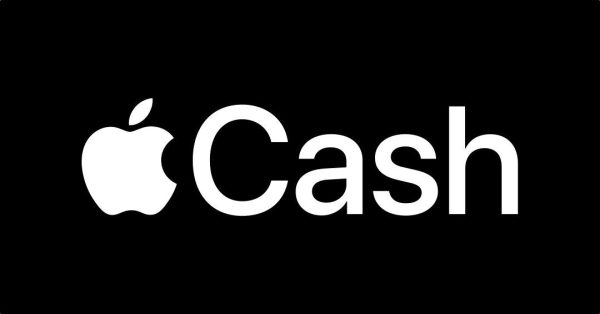

A component of Apple’s ecosystem called Apple Pay Cash smoothly incorporates P2P transactions into the iOS operating system. This innovation, which was introduced in 2017, builds on Apple’s safe and user-friendly ecosystem to give users a simple way to send and receive money, extending the usefulness of Apple devices.
Operational Mechanism: On Apple devices, Apple Pay Cash works inside the Messages app. Using the Apple Pay feature, users may pay money to contacts immediately from a conversation. The monies can subsequently be transferred to the associated bank account or kept in Apple Pay Cash by the recipient.
Diverse Typologies: Unpacking the Categories of P2P Payment Applications
P2P payment application classification demonstrates the scope and diversity of their influence. Users looking for informal transactions and interactions with peers can choose standalone platforms, such as Venmo. In contrast, bank-oriented applications broaden the digital reach of established financial institutions by easily incorporating peer-to-peer (P2P) payments into their lineup of services. Utilizing already established internet networks, social network-focused applications have emerged, enabling users to easily communicate financial transactions within the social media platforms they already use. P2P programs adapt to a wide range of user preferences by allowing for these various typologies, ensuring that financial transactions flow naturally with each person’s lifestyle.
Unveiling the Advantages of P2P App Development
The appeal of P2P app development is that it has the potential to rethink traditional ideas of empowerment and financial interactions. These applications require a fusion of cutting-edge technology, creative features, and a deep understanding of user behavior. P2P app development offers a variety of advantages, including the following:
- Usability: P2P apps make it possible for users to transfer and receive money instantly from the comfort of their smartphones, eliminating the limitations of traditional currency and cheques.
- Security: Strict encryption methods and strong authentication procedures guarantee that private financial data is protected throughout transactions and prevent unauthorized access.
- Record-keeping: P2P software meticulously keeps track of all transactions, giving users access to a thorough and well-organized financial history.
- Global Accessibility: P2P applications span geographical barriers, making it possible for people to conduct international business with an unmatched degree of simplicity.
- Expense Management: Many P2P apps offer capabilities for managing budgets and tracking expenses, giving users useful information about their spending patterns.
The Intricacies of P2P App Development: A Meticulous Craft
Technology, design, and user experience all play a part in the careful process of creating a P2P payment application. The journey starts with the ideation stage, where professionals come up with unique features and user-focused functionalities that will distinguish the application. In order to ensure that the application is both functional and aesthetically pleasing, development teams then delve into the complex worlds of coding and design.
The application is then put through rigorous evaluations during the crucial testing phase in order to find and fix any technical flaws, vulnerabilities, or any security gaps. The ultimate goal is a seamless user experience, and designers and developers are constantly improving navigation and engagement to achieve this. The application is prepared for launch to app stores after the testing phase obtains the go-ahead, signifying the culmination of months of committed effort and cooperative creativity.
Conclusion
Applications for peer-to-peer payments are revolutionary technologies that are transforming the way people engage in and conduct business. The wide-spread use of them and their approachable user interfaces highlight the paradigm shift in people’s money management practices. These applications have ushered in a new era of financial empowerment by enabling frictionless transactions and cutting across regional borders. P2P payment applications are ready to lead this shift as society moves into the digital future by giving users a safe, effective, and convenient way to manage their money. P2P payment applications have carved out a position as the catalysts launching financial landscapes into a fresh and dynamic era of connectedness and convenience in a world where technology continues to transform human experiences.







